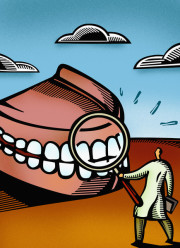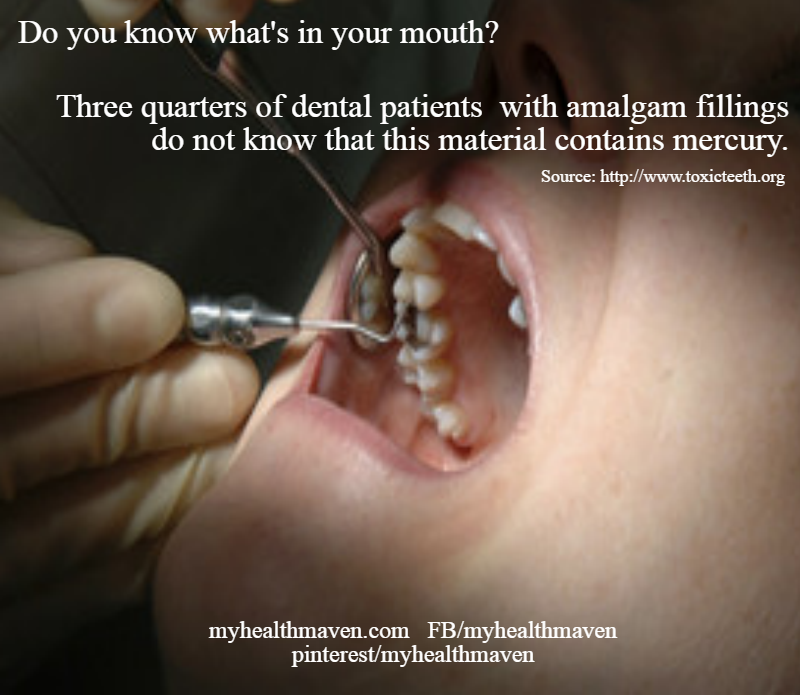A biological dentist combines dentistry with the knowledge of the implications oral health has on the entire body. A biological dentist recognizes the link between oral health and general health. A biological dentist recognizes that the diseases and dental materials in your mouth can have long lasting and sometimes negative effects on other body systems. Biological dentists usually work with other like minded professionals to provide nutritional support and detoxification protocols. A biological dentists keeps in mind the health of the entire body, not just the condition of the teeth, gums and mouth.
When looking for a biological dentist, keep the following in mind, a biological dentist:
-Never uses amalgam
-Does not perform or recommend root canals
-Follows protective protocols when removing mercury fillings
-Offers biocompatibility testing for dental materials to be used
-Does not use fluoride
-Has equipment to sterilize dental tools without toxic chemicals
-Uses digital x-ray technology to reduce effects of radiation
-Works with other allied health professionals (nutritionist, naturopaths, etc.)
-Receives continuing education in biological dentistry
-Provides a chemical free environment, no air fresheners, office not cleaned with any toxic chemicals
The standards established by the International Academy of Oral Medicine and Toxicology to reduce the risk of mercury exposure are as follows:
1. Use of a rubber dam to prevent any amalgam debris from being swallowed or inhaled.
2. Covering the face with a barrier to prevent spattered amalgam particles and mercury vapor from coming in contact with the skin and eyes.
3. Administration of nasal oxygen.
4.Use of a high volume suction in the operating area.
5. Use of a saliva ejector behind the dam to evacuate any mercury vapor that passes through the dam.
6. Rinsing of the dam thoroughly during amalgam removal to remove any stray amalgam particles.
7. Using water on amalgam during removal to cool the amalgam and reduce the amount of vaporization of mercury.
8. Sectioning the amalgam fillings into large chunks for removal in order of reducing the disperment of amalgam particulate aerosol.
9. Thorough rinsing of the mouth area after removing rubber dam.
10. Air purifier in room to reduce amount of mercury vapor.
For more information please go to http://www.iaomt.org








